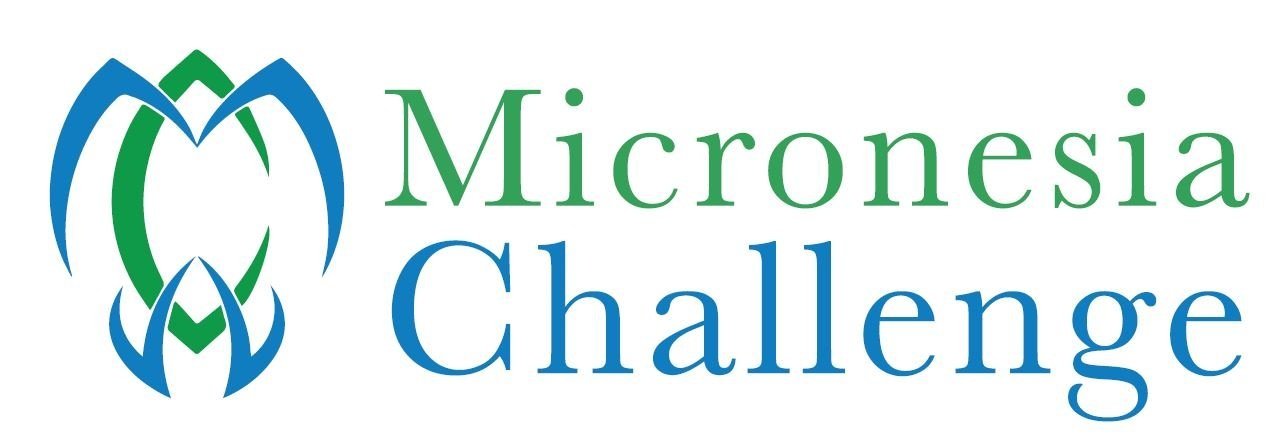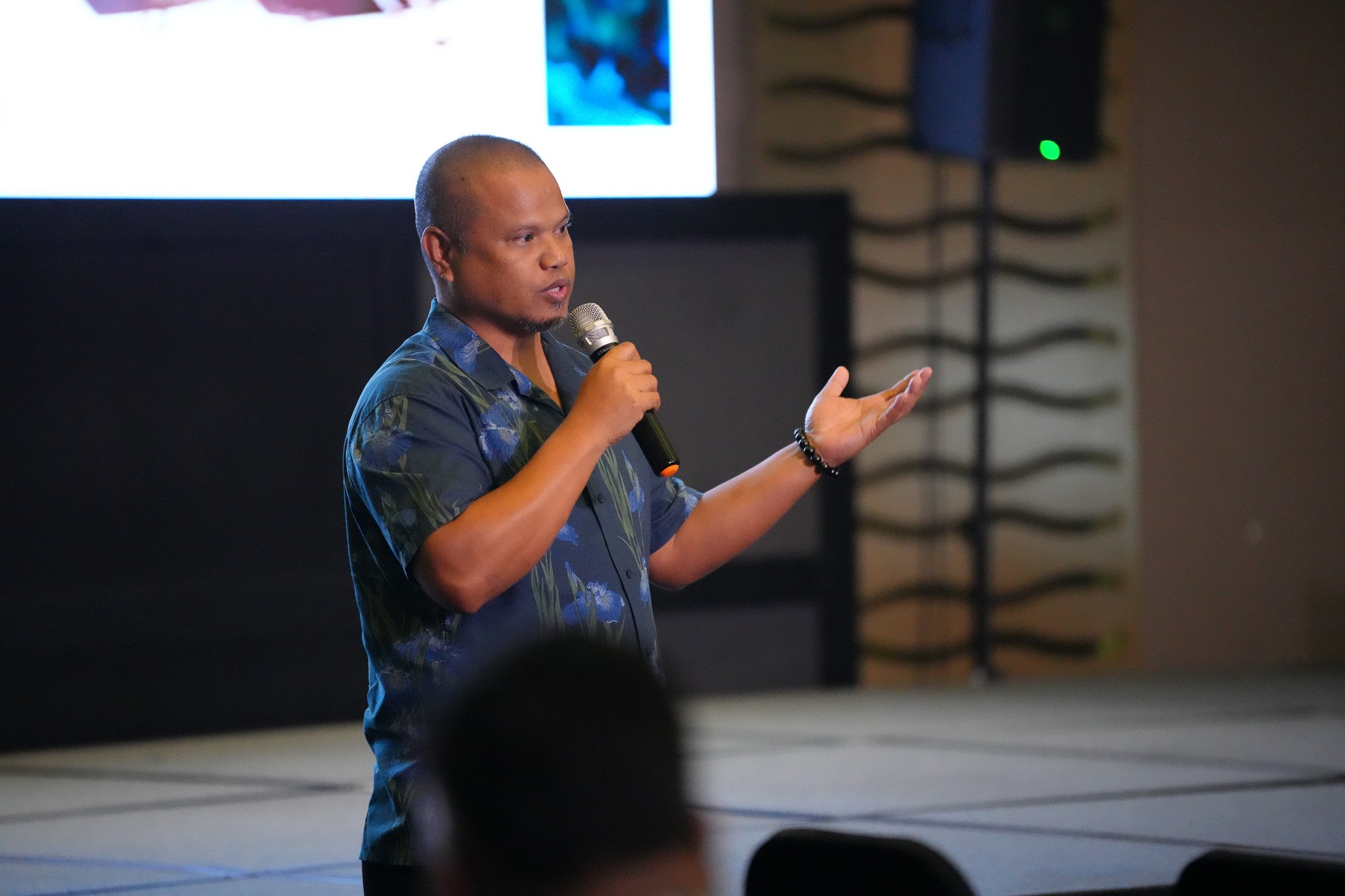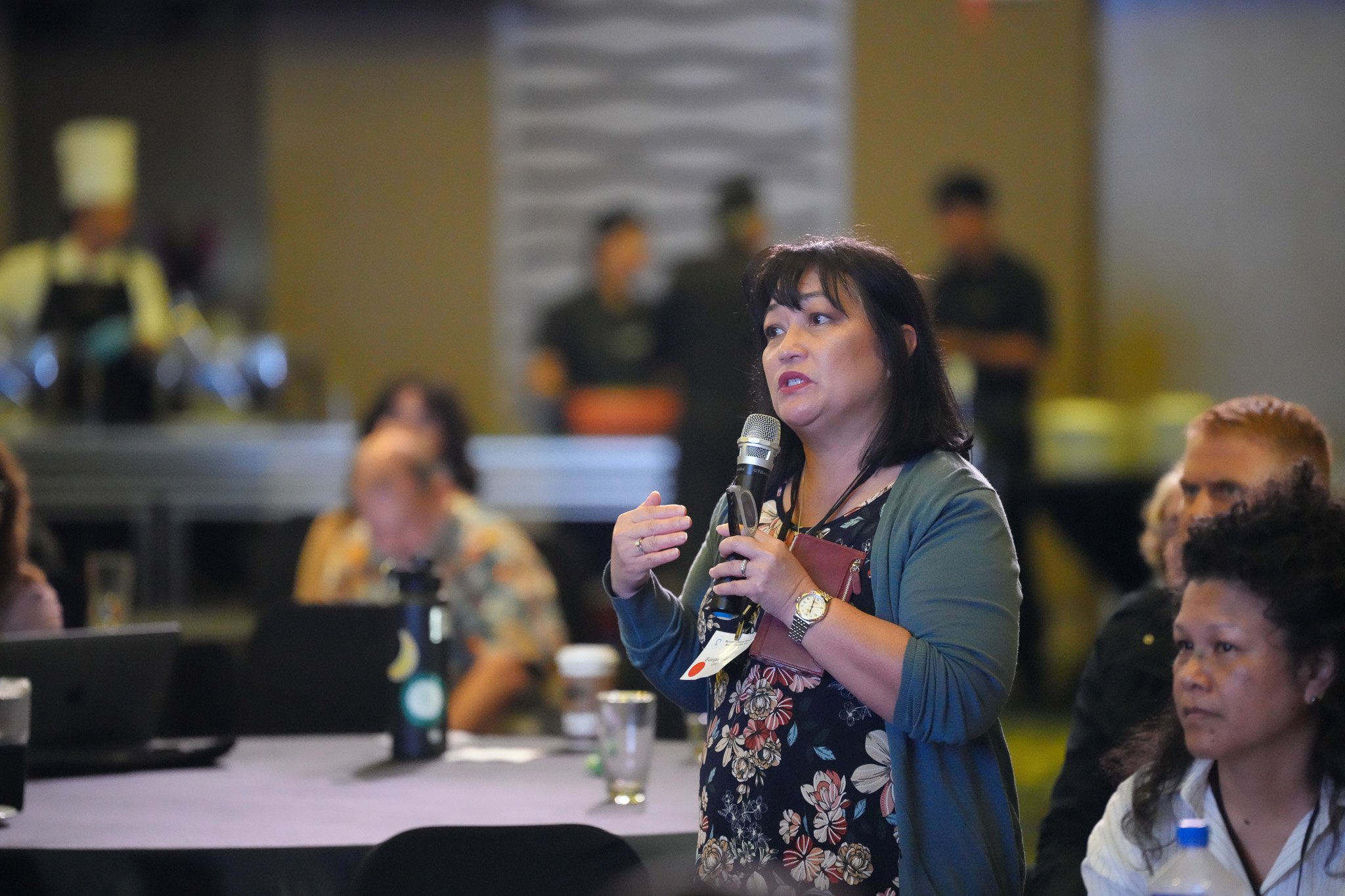Micronesia Challenge 2030: Uniting Micronesia Through Our 2030 Goals
December 2-5, 2024 | Tumon, Guam – The Micronesia Challenge Jurisdictions re-convened for a momentous occasion in the progress of the Micronesia Challenge (MC).
Conservation leaders met at the Micronesia Challenge Regional Meeting to discuss and draft regional indicators for the Micronesia Challenge 2030 (MC2030). This convening fulfilled a major commitment made at the 26th Micronesia Islands Forum (MIF) earlier this year.
Minister Steven Victor from Palau sharing MC’s impact in Palau.
At the MIF in June 2024, the leaders of Palau, Guam, the Northern Mariana Islands, the Federated States of Micronesia, and the Republic of the Marshall Islands endorsed several ambitious recommendations from the MC Steering Committee. Prominent among the steering committee’s directives was to host a regional meeting and chart a path to achieving our MC2030 goals.
In response, the MC hosted the Micronesia Challenge Regional Meeting, which served as a forum to reach agreements on definitions, approaches, specific targets, and related costs for the new components of the MC2030. Representatives from across the region worked with funders to discuss the overall strategy and ways to support the work required to achieve these expanded goals.
The meeting was divided into Marine, Terrestrial, and Community thematic working groups for the first two days. Each working group's primary goal was to draft indicators that would serve as metrics for measuring success within the thematic areas.
Each group, which included representatives from every jurisdiction, determined new indicators on which the entire region could agree. After each group compiled a draft list of indicators, they presented their work in plenary. This allowed the synergies among the three thematic groups to be identified and addressed. It also allowed perspectives from various areas of expertise to contribute to a holistic approach to conservation.
MC Steering Committee President Evangeline Lujan presenting the Livelihoods indicators in plenary.
For the last two days, the working groups presented their draft indicators to the heads of delegations and funders who actively support the MC2030 initiatives. Once more, the MC was able to have fruitful discussions and address the cost component of reaching our goals. The jurisdictions presented to each other and the funders their strategies for implementing the new indicators and the estimated costs of such activities.
Overall, the Micronesia Challenge Regional Meeting was a shining success. Not only were new indicators for our 2030 goals drafted, but jurisdictions also had one-on-one time to speak with funders and strategize for the coming years. As 2030 approaches, the MC is excited to continue achieving our goals and maintaining our position as a global leader in conservation and protection.
To read more about the specific outcomes of the Micronesia Challenge Regional Meeting, check out the meeting report here!



